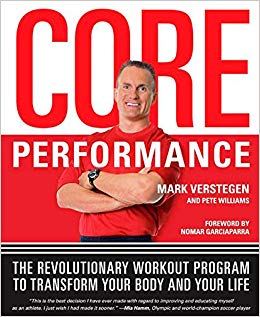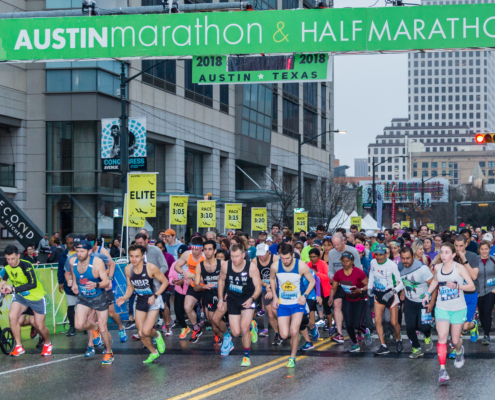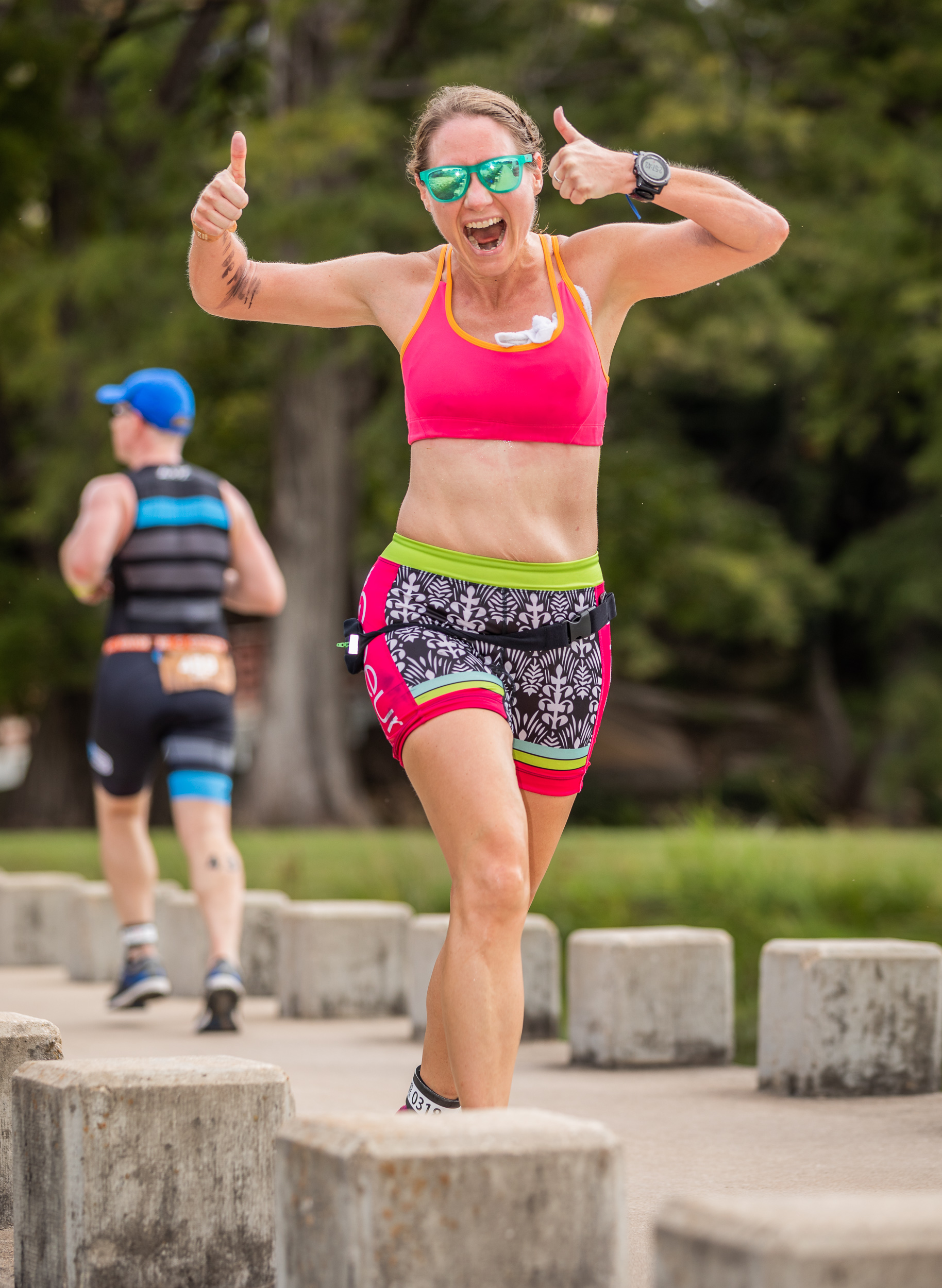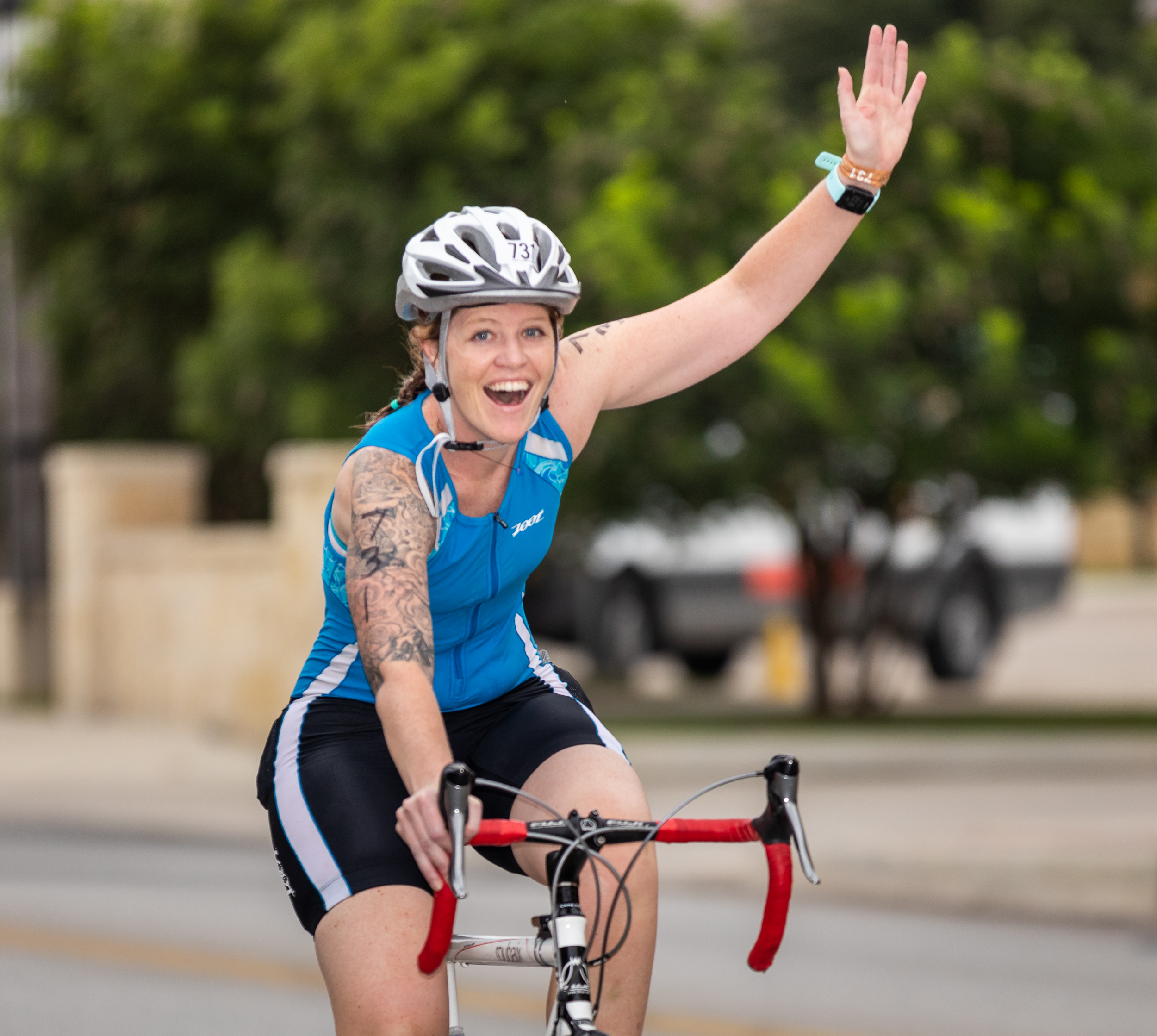Focus on the run now, reap the benefits later
The offseason is upon us. Before you focus on the run, take a few weeks to mentally and physically repair your engine. Kayaking on Town Lake, spending time with the family (who were neglected during a long triathlon season), and reading a book will allow you to recharge for the upcoming year.
Once you have had enough of family time and sitting around, it’s time to be smart and begin base training. The goal is to NOT become a “National Champion” by January. It is hard in Texas, with our beautiful winters, but some self-control will bring you to the end of the 2019 Texas Tri Series injury-free. With no tri burnout. Begin your training by laying out a goal race schedule for 2019 so you know your “plan.” It’s easier to not get lost when you have a map to guide you. Make sure to note the key races (1-2 per season) and add in a few specific training blocks around those events. From here you can begin to lay the running foundation that will help you achieve your goals!
The Running Foundation (using these 3 building blocks will guide you to a faster run split in 2019)
1) Train to your weakness, race to your strength

Recommended: Mark Verstegen’s Core Performance
Offseason is the time to evaluate any nagging pains or issues that came up during the season. Getting back into the gym to build up your functional strength – not to build up a nice 6-pack. The goal is to strengthen issues like a weak hamstring or stabilize a weaker core. A great book is Mark Verstegen’s Core Performance, which can help you plan out ways to gain flexibility and develop postural balance/strength. These things can give you an edge on the run. Develop a stretching routine and set a recovery protocol for workouts (smoothie, stretching, ice, massage). Commit to caring for your body so you can race faster!
2) Drill work and strides = ability to get going FAST
Yes, run drills are crucial to the run and developing the leg turnover needed to gain speed. Look at elite runners, their cadence is 90+. Commit to 1-2 days of drill work along with 6-8×100 meter strides to aid in the cadence adaptation. Run drills will also help build up leg tolerance through the jumps, skips, and bounding. This means fewer chances of injuries. (visit www.bobbymcgee.com for a great booklet on running drills)
Examples of run drills include:
– skipping (various speeds, heights, movements)
– one leg drill
– karaoke
– bounding
– Russian soldier
– butt kicks
– leg swings
– high knees
3) Sign up for a race

Add a goal race, like the Austin Marathon 5K, when focusing on the run during the offseason.
Instead of going for your typical track session during the week, move things around and sign up for a 5K or a 10K. Two great options are the Austin Marathon 5K on Feb. 17th and the Cap10K on April 7th. Utilize this opportunity. This will hold you accountable to getting the quality work in and teach you to run fast. It opens your eyes to how to run and challenges you to develop your running quickly. The key is to be smart and not over race. Your friends won’t remember what you did in February! Another great opportunity is to attack the Greenbelt. Move to the softer surfaces at least once or twice a week if possible. Give your legs a break from the pavement, especially on recovery days.
Use these 3 tips to gain an edge during the run and enhance your running this offseason. Enjoy this winter’s journey!


